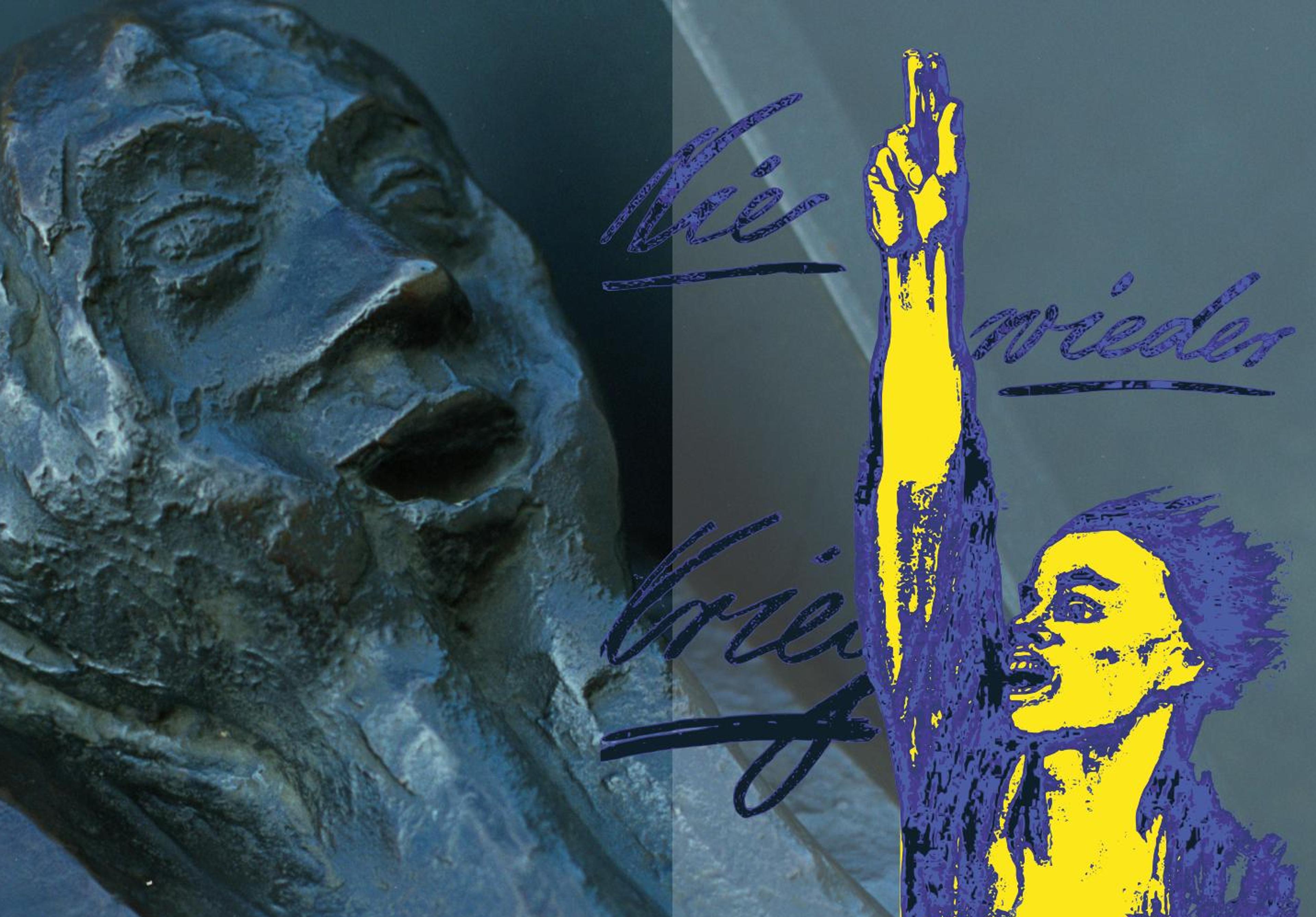
25.08.2013 - 01.01.2014
Dreamings - Australian Aboriginal Painting
Australian Aboriginal art is the oldest continuous art tradition in the world. With the act of painting the Aborigines create their Dreamings until today
Barlach Kunstmuseum Wedel
Australian Aboriginal art is the oldest continuous art tradition in the world. It is still created by indigenous artists today and covers a total period of 40,000 years. From the Stone Age rock paintings to the art of the present day, all works are based on the traditional and ritualistic cultural understanding of the Aborigines and convey their original approach to the world.
Through the act of painting, Aboriginal artists continue to formulate their "Dreamings" to this day. They mark territories, record history, and convey narratives about "Dreamtime," the spiritual, natural, and moral order of the cosmos. They tell the stories of the initiated and initialized, who have the appropriate ritual knowledge. They describe the outer world, the mountains, valleys, rock caves, waterholes, plants and stones, which are accessible to all, including the Western viewer. All Aboriginal art lives from this mythological-spiritual orientation of being close to the "Dreamtime".
The "Dreaming" always remains the same. It does not change while the old pass it on to the young. The symbols, marks or patterns on the ground, on the body, on the ceremonial objects or nowadays on the canvas are visible manifestations of the "Dreaming" that connect the painter with that primordial force from the ancient times. Every person has his own "Dreaming", which he received either from his father, grandfather or mother as an inheritance. The "Dreaming" also regulates the kinship system, determines who may marry whom and orders the relations of the individual clan members among themselves.
Because everything in nature, including humans, was created by the Dreaming and still follows the structures of the Dreamtime, only the initiated are allowed to tell about the Dreamtime, to paint or otherwise depict it. The importance of art in traditional Aboriginal life has been described for outsiders by Howard Morphy of the Centre for Cross-Cultural Research at the Australian National University in Canberra, using the example of the Yolngu Aboriginal tribe: "Art was and is a central component in the traditional life of the Yolngus, significant in the political sphere, in the relationship between clans, and in the relationship between men and women. Art was and is a significant component of secret knowledge, and on a more metaphysical level, it is the primary means of bringing ancestral events back to life, thus maintaining continuity with our ancestors' past and communication with the world of ancestral spirits. For example, the rock painting of the Rainbow Serpent is not only the image of a 'Rainbow Serpent', but the manifestation of the Rainbow Serpent - it lives in the image and will come out and devour you if you behave inappropriately towards the image. Images, as embodiments of our ancestral spirits, do not represent these ancestral spirits simply to tell their stories. As far as the Yolngu are concerned, these paintings are a part of the beings themselves, they possess or contain the power of the ancestral spirits."
The exhibition "Dreamings - Australian Aboriginal Painting" is an exhibition of the Ernst Barlach Museumsgesellschaft Hamburg, which can take place thanks to special support from the city of Wedel and international lenders. On display are about 80 paintings and objects, books and texts of the indigenous Australians, in which the mystery of their culture is thematized.







